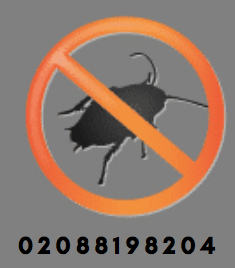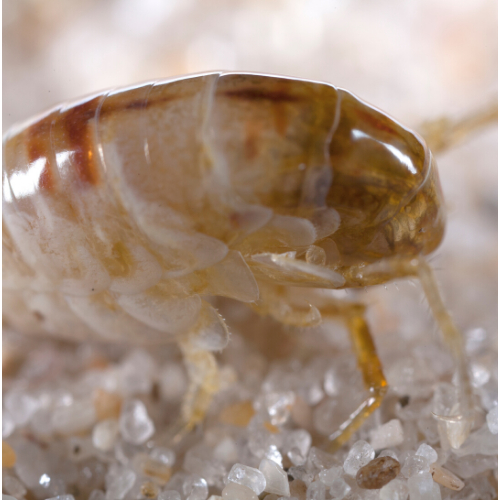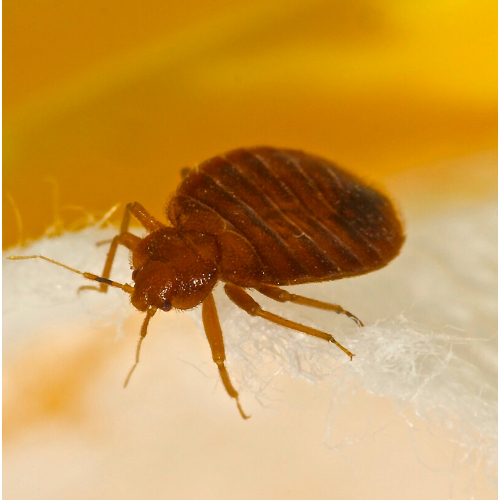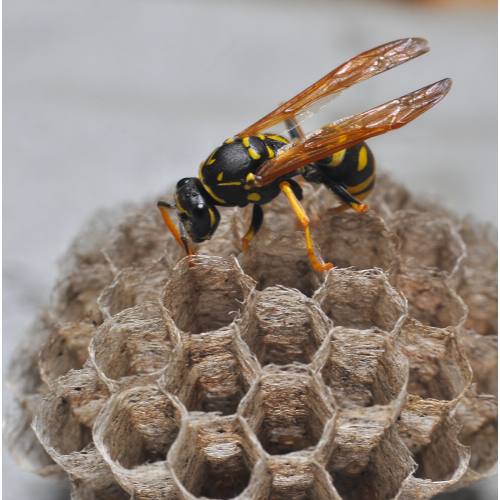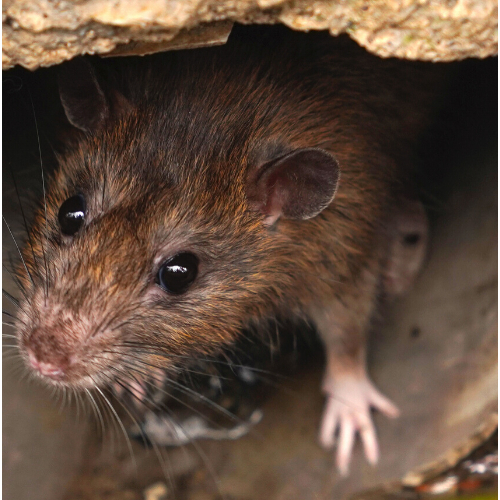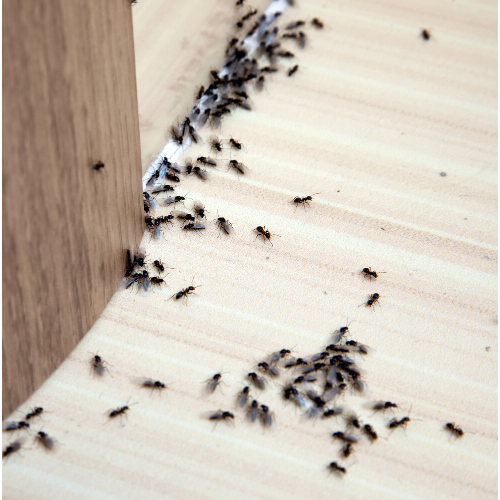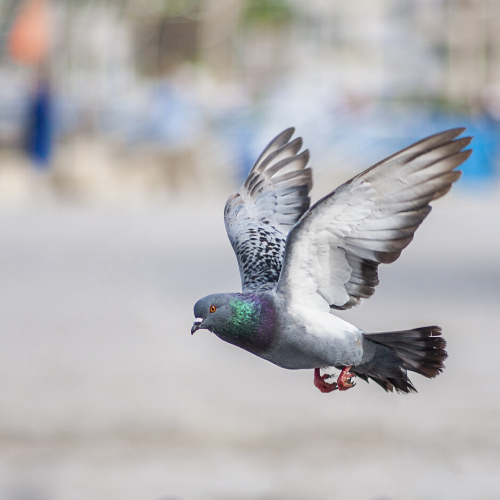Identifying a Flea Infestation: Signs to Watch for in Your Southwark Home
Identifying a flea infestation in your Southwark home is crucial for prompt action and effective flea control. Fleas are small, agile insects that can quickly multiply and cause discomfort for both humans and pets. Here are some signs to look out for that may indicate a flea infestation:
- Unexplained Itching and Scratching: If you or your pets are experiencing persistent itching, scratching, or biting sensations, especially around the ankles, legs, or lower body, it could be a sign of flea bites. Fleas typically prefer warm areas of the body to feed on.
- Pet Scratching and Irritation: Pets, such as dogs and cats, are often the first to show signs of a flea infestation. If your pet is scratching excessively, biting at their skin, or displaying signs of skin irritation, it could be an indication of fleas. You may also notice small red bumps or scabs on their skin.
- Flea Dirt or Flea Eggs: Flea dirt, which is flea feces, is a common sign of infestation. It appears as small black specks resembling pepper or tiny dark granules. You may find flea dirt on your pet’s bedding, carpets, or areas where your pet spends a lot of time. Flea eggs are very small, oval-shaped, and white, often found in similar areas where flea dirt is present.
- Actual Sightings of Fleas: Fleas are small, brownish-red insects, approximately 2-3 millimeters in length. They are agile and can jump long distances, making them difficult to catch. If you notice tiny jumping insects on your pet or in your home, it is likely that you have a flea infestation.
- Allergic Reactions: Some individuals and pets may have allergic reactions to flea bites. If you or your pets develop red, inflamed, or swollen skin in response to flea bites, it could be a strong indication of an infestation.
- Pet Behavior Changes: Infected pets may exhibit behavioral changes such as restlessness, irritability, or excessive grooming. They may also experience hair loss or develop hot spots due to excessive scratching.
If you observe any of these signs in your Southwark home, it is important to take action promptly. Contact a professional pest control company like Southwark Pest Control to assess the situation and provide effective flea control solutions. Their experienced technicians can conduct a thorough inspection, accurately identify the presence of fleas, and implement appropriate treatments to eliminate the infestation.
Remember, flea infestations can be challenging to eradicate completely without professional help. Taking immediate action will help ensure the comfort and well-being of your family and pets in your Southwark home.

